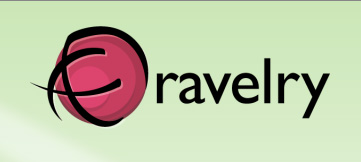About Ravelry
Launched in 2007 by Casey and Jessica Forbes, Ravelry is a niche social network site that was designed by and caters to a knitting community. Casey Forbes is a web developer solely responsible for designing and maintaining the site, and his wife Jessica Forbes is a knitter and blogger who wanted to create a more centralized database of knitters' projects. Writing in Slate magazine in 2011, technology journalist Farhad Manjoo (2011) called Ravelry "the best social network you've (probably) never heard of," because of its focus on a specialized and devoted community as well as its features and structure specifically designed for that community. The site lets knitters organize their yarn collections, buy and save patterns, represent their finished and in-progress projects, learn new techniques, and most importantly, interact with other knitters by friending other users, joining groups, and participating in forum discussions. The forums represent particularly active parts of the site, as individual Ravelry users design and run contests, swaps, knitalongs, and other activities that encourage individuals to learn new techniques, share resources, and meet other knitters.
As a social network site, Ravelry asks users to connect with others through common interests rather than shared personal histories or offline social contacts, and most individuals who Hannah interacts with on Ravelry are people she has never met before. In studying the ways that social media bridges online and offline spaces and activities, Ravelry presents an interesting case study for writing researchers. A social network site built by knitters for knitters, Ravelry brings together many physical spaces where knitting happens in a virtual space and transforms the hobby in the process. The social network site integrates networking practices including blogs, podcasts, knitting groups, and local yarn stores. Literate activity on Ravelry crosses online and offline boundaries, as users represent physical objects in online spaces. For Hannah, Ravelry serves as the center point for her online literate activity, as discussed in other sections of our webtext.


